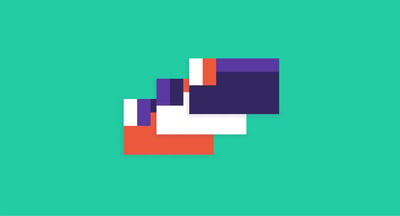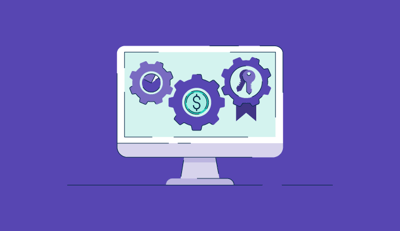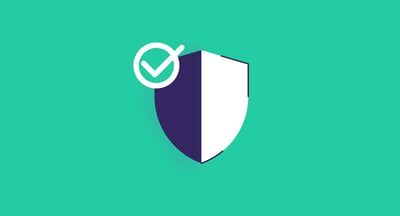October 26, 2023
 by Mary Clare Novak
by Mary Clare Novak
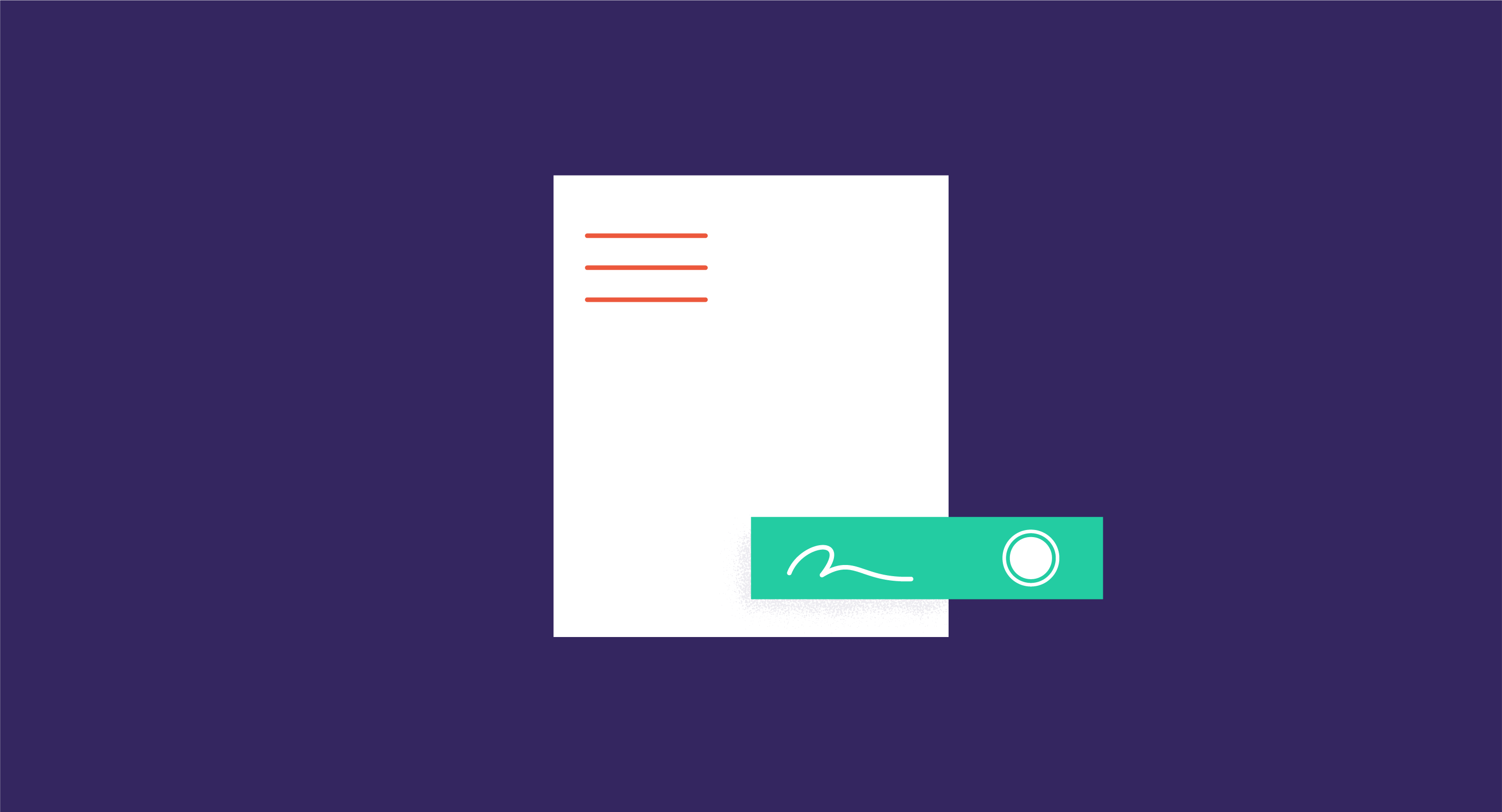
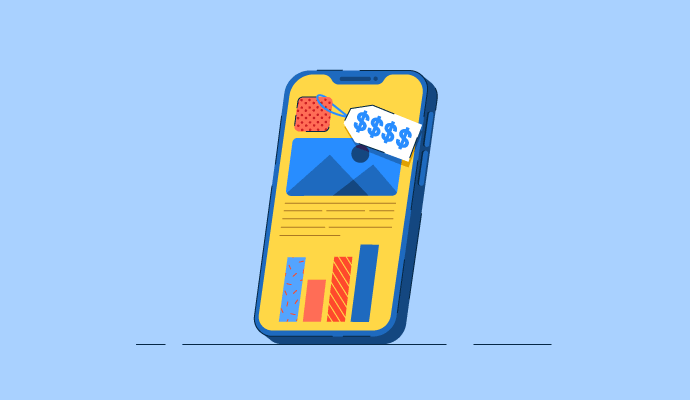 Spend smarter, optimize harder!
Spend smarter, optimize harder!
Don't waste any more money on unused licenses. Take control of your license renewals, slash costs, and maximize your budget with G2 Track.
From driving and hunting to using software, everything requires a license.
While software cannot directly cause bodily harm like driving and hunting, there are certain rules that govern how software is used, shared, and distributed. These rules are defined using software licenses to govern the actions of software users.
Under copyright laws, all software is protected, and therefore, permission is needed to use and redistribute it. Software licenses control the way people adopt, apply, and utilize software.
A software license is a legal agreement that defines the terms of usage and provides the right to one or more copies of software to end users. Without a license, using and redistributing the software would be considered a breach of copyright law.
When buying software for your business, one license is good for one employee. So however many people are going to be using the tool, that’s how many licenses you need. The licenses will be accompanied by a software license agreement, which is a legal document outlining regulations, restrictions, and terms and conditions of use.
After a while, your business will acquire a lot of different software tools, and managing all of them can become a giant headache. G2 Track helps software users keep track of license renewals and also identifies areas you might be wasting SaaS spend due to underutilized licenses.
Software licenses are important because they establish the rights and legal framework for interaction between all parties involved, i.e. software developers, providers, and users. As a result, software licenses reduce any potential for conflicts or unethical use of software.
There are many ways through which license agreements protect developers. These include:
In addition, licence agreements also protect users by:
A software license is a contract between a software developer or copyright holder and a user. It specifies what users are or aren't allowed to do with the software.
Software licenses define the rights and restrictions of software usage for the user. These include the cost of the software, the ability to install and use it, make copies of it, the access level granted, the number of times it can be downloaded, or any other action specific to software usage.
Software licenses also address future updates and upgrades. It may specify whether the user will receive any updates, bug fixes, or newer software versions in the future. Some licenses may require payment for updates, while others may offer them for free.
To use the software legally, a user must accept the license agreement and enter into a legal contract to abide by the terms and conditions defined in the agreement. This acceptance is typically indicated by clicking on the "I agree" button during the installation process.
There are multiple types of software licenses, each with its own set of terms and conditions. The choice of license depends on the goals of the software developer or copyright holder.
A proprietary license is the opposite of its free and open-source alternative. This type of program is not free, and the intellectual property rights are held by the publisher. With proprietary software, the source code is considered a trade secret, which is a type of intellectual property. Its value stems from the fact that it is not generally known or readily available. Owners take serious measures to protect trade secrets.
In the case of proprietary software licenses, potential users must accept and abide by the terms and conditions of the software license agreement, or they legally cannot use the software.
Free and open-source software is software that anyone is free to use, change, copy, and study. The source code behind the software is shared, and users are able to improve the design.
There are four essential elements that software must offer to be considered free software:
There are plenty of benefits to using free and open-source software, including decreased spending, increased security, education, and having more control over the product.
Permissive licenses are open source but have minimal restrictions on how the software can be redistributed. They allow users substantial freedom to use, modify, and distribute software, including using it in proprietary projects. Permissive licenses are known for flexibility, collaboration, and broad adoption while maintaining minimal obligations and compatibility with other licenses.
EULA is commonly used for commercial software and outlines software usage terms for end users. These licenses can vary from one software to another, as the terms and conditions depend on the developer's preferences, the nature of the tool, and its intended use. EULA typically restricts reverse engineering, modification, and redistribution.
Copyleft licenses are commonly associated with open-source software. They allow derivative works or modifications of the software but require it to be open source and freely available. It ensures that the freedom associated with open-source software, like the ability to view, modify, and distribute the source code, is extended to all subsequent users and developers.
There is more than one way to price software licenses. Depending on the value of the tool, how it will be used, and the features included, customers and publishers will negotiate the right price for the license. The method of pricing typically follows one of three models.
A perpetual software license is a non-expiring license to use a piece of software. The customer does not need to pay for support or update the version of the software they bought.
Customers will opt for perpetual licenses because it is simple and easy to manage. However, they can end up with some outdated tools, leaving them unsatisfied and, in turn, creating a bad reputation for the provider.
A subscription, on the other hand, is a renewable license. Customers typically renew their licenses annually, which includes support and updates during that period of coverage. Unless the customer renews the license, it is terminated automatically.
For the publisher, subscription licenses offer a steady source of income rather than getting the money all at once, which also means a smaller initial payment for the customer. Because of this constant interaction, a relationship is created between the consumer and supplier, making it easier for the provider to anticipate their needs.
However, managing the license on both ends can be a pain when it comes time to renew.
The consumptive license also has a recurring fee, but it is based on usage. The more the customer uses the product, the more they pay.
The payment method of the consumptive license is most closely related to the value the customer gained from the product while also providing a decent revenue flow for the provider. One downside, however, is there is even more management required on both ends.
This software license model charges users based on their software usage. It's common in cloud computing and services where customers are billed for resources used. This model offers flexibility and cost efficiency for software providers and customers alike.
It's also highly customizable as it allows organizations to tailor user licenses as per user roles and needs and only pay for features and capabilities as required.
The freemium software license model has proved quite successful for many companies. It offers the basic version of the software for free to all users, while the advanced and premium features are only available for paid users.
It's a great way to acquire users, offer value, and convert a portion of them into paying customers while also maintaining a free option for those who may not require premium features.
Oftentimes, people will confuse owning software and getting a license to use it. The main difference between the two lies in the extent of control and rights you have over a software solution.
When you own software, you have complete control and ownership of the program, including its source code. You aren't bound by any external limitations set by the developer.
As the owner, you have the right to use, modify, and distribute the software without any external restrictions. But you also have to maintain and support the software. You are responsible for updates, bug fixes, and user support.
When you purchase a software license, you receive a license to use the software - you don't own it. The software ownership belongs to whoever holds the copyright.
You are limited to the terms and conditions laid out by the license agreement, which might include issues like using the software on more than one device and whether or not you can create backup copies. Even some free software will be accompanied by a license, terms, and conditions of use that you are required to follow as a user.
Considering you don’t own it, making sense of the fine print on a software license agreement is worth your while. Because software products are protected with patents, not following the conditions of the license could have some serious consequences.
Getting a license to use software might seem silly, but the point is to protect the publisher from their work being used illegally and to protect you from the consequences of infringing on a copyright. Pay attention to the terms and conditions of your software license. Avoiding those penalties is worth your while.
Buying software is not a one-and-done - it requires some upkeep. Check out our article on renewing software and avoiding unnecessary spending in the process.
Mary Clare Novak is a former Content Marketing Specialist at G2 based in Burlington, Vermont, where she is explored topics related to sales and customer relationship management. In her free time, you can find her doing a crossword puzzle, listening to cover bands, or eating fish tacos. (she/her/hers)
 Spend smarter, optimize harder!
Spend smarter, optimize harder!
Don't waste any more money on unused licenses. Take control of your license renewals, slash costs, and maximize your budget with G2 Track.
If you're in an IT team, you know how the absence of a software license management tool or...
 by Daniella Alscher
by Daniella Alscher
Software licenses are a big investment for modern companies.
 by Sagar Joshi
by Sagar Joshi
It’s not very often a business will check in on you after a transaction is made.
 by Mary Clare Novak
by Mary Clare Novak
If you're in an IT team, you know how the absence of a software license management tool or...
 by Daniella Alscher
by Daniella Alscher
Software licenses are a big investment for modern companies.
 by Sagar Joshi
by Sagar Joshi
